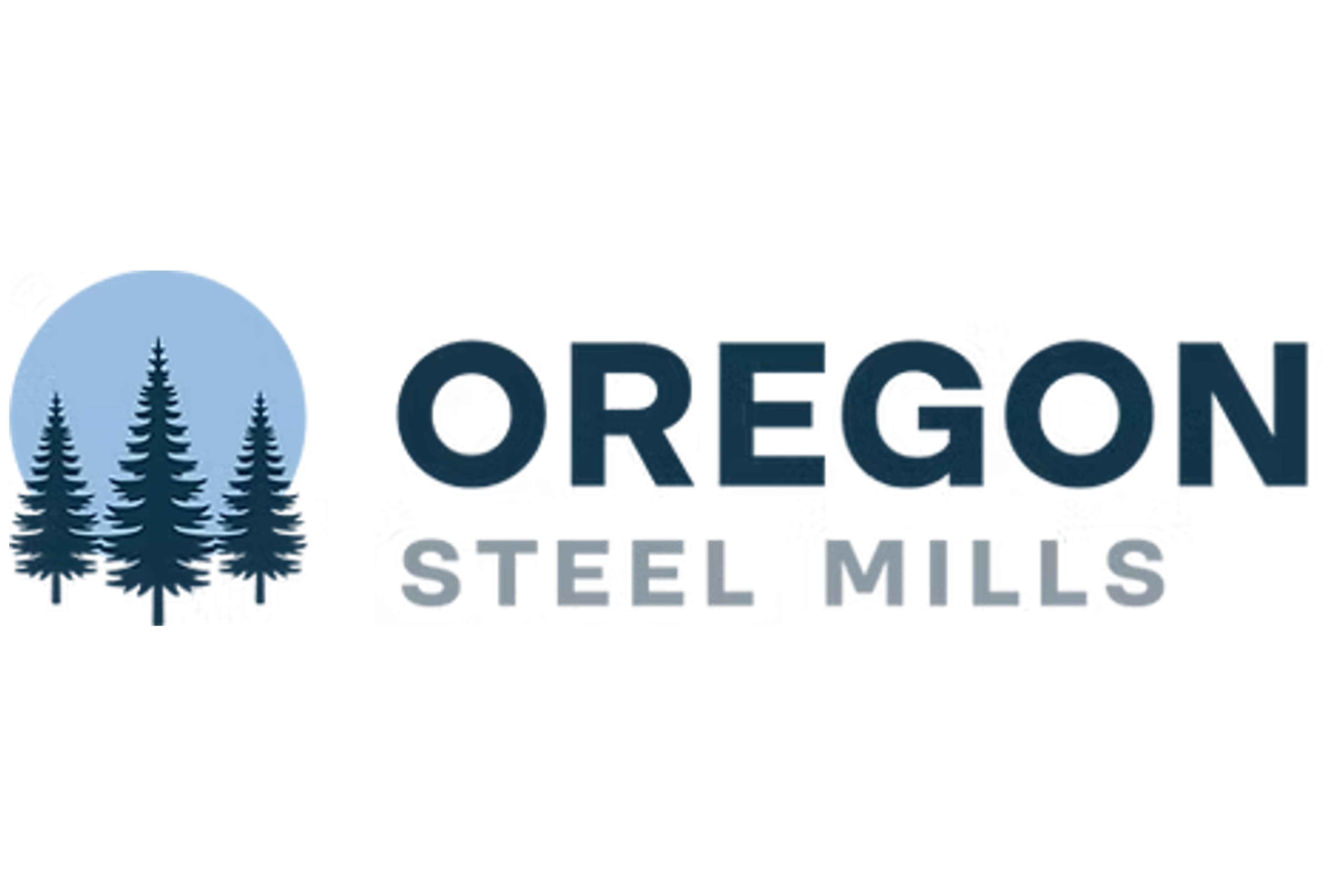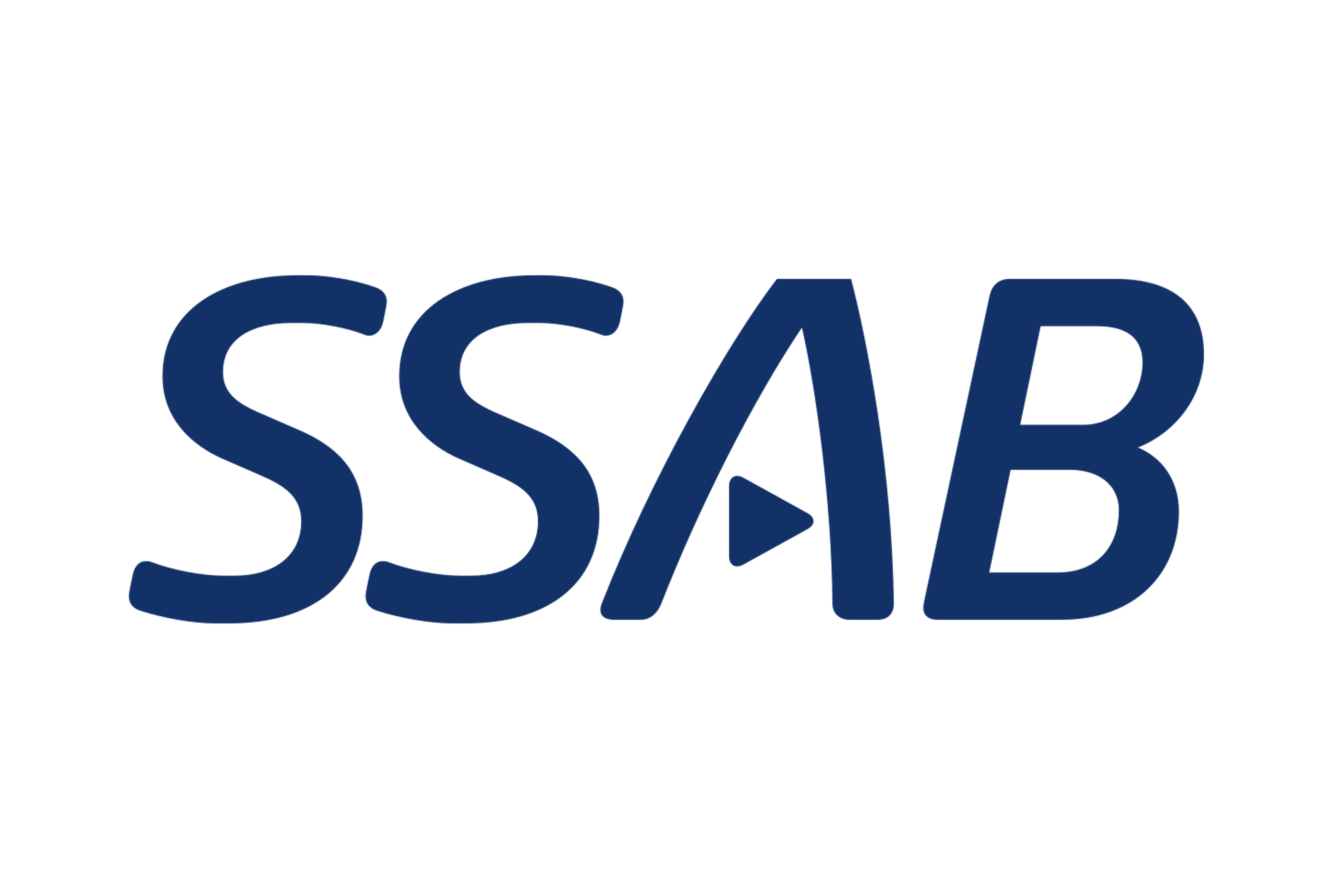Analysis

March 8, 2022
Final Thoughts
Written by Michael Cowden
It seems all the swans are black now. First we had a pandemic. Now war. You don’t need a reminder from SMU on the terrible human suffering caused by each.
When it comes to steel, the result is higher raw material costs and higher prices. Pricing levels that were unimaginable a month ago, when it seemed tags would continue to fall, are now our reality.
![]()
SMU’s hot-rolled coil price rose $50 per ton ($2.50 per cwt) this week, breaking a six-month trend of flat or falling prices.
Those gains could prove modest in the weeks ahead. There is already chatter of $1,500 per ton HRC.
Think that’s nuts? Take a look at the CME’s HRC futures. It settled at $1,360 per ton today for April. May settled at $1,460 per ton.
Or look at nickel prices on the London Metal Exchange. They shot up so quickly that the LME had to temporarily halt trading.
And it’s not just the exchange prices that are going berserk. What was the last pig iron price you saw? It might be getting uncomfortably close to the selling price of finished coil just a week or two ago.
You’ll note that I’m not writing down any figures for pig iron here. That’s because prices are rising so fast, I’m concerned anything I write now will be out of date by the time you read this. Same thing goes for scrap. It will be up by triple digits, according to the sources we’ve contacted. But is that $100 per gross ton or $200 per gross ton?
What do such trends mean in practical terms? I talked to a trader earlier this week who said that some Turkish mills, which have already booked out May, are not providing prices for June because they need to get a better handle on what costs and availability will be this summer.
I note Turkey because, like the U.S., it relies heavily on electric-arc furnace (EAF) steel production. Turkey’s EAF sheet mills also rely heavily on low phosphorous pig iron from Ukraine and Russia – material that is either hard or impossible to come by now because of the war. Guess who U.S. mills also rely on?
That leaves Brazil. And maybe high phosphorous material, if you can get it. What are the other options? South Africa, India and Venezuela? But not all pig iron is the same. It’s not just phosphorous content you have to worry about. And trialing a new supplier – whether that’s for pig iron, slab or coil – takes time.
In other words, price on the raw materials side appears to be taking a back seat to the question of availability. That means what the steel market experienced a year ago is now happening on the raw materials side.
EAF mills used to be able to rely on imported pig iron to keep a lid on scrap prices. And we’re guessing that scrap suppliers aren’t feeling charitable after watching steel prices soar in 2018 following Section 232 tariffs and again last year. Is it finally scrap’s turn to fly?
As for domestic mills, it’s worth asking whether they’ll be able to maintain full production in the months ahead should availability of raw materials become an issue. I’m not saying we’re there now. But these are questions to think about now.
Also, we learned after Section 232 was rolled that U.S. trade policy can change on a dime. Remember Turkey’s tariff being doubled to 50% in a pre-dawn tweet?
Yes, we have some big sunset review cases coming up in the months ahead. Those will proceed via the comparatively orderly processes of the Commerce Department. But when it comes to geopolitics, things can change fast. A U.S. ban on Russian oil was a crazy idea just a few weeks ago. Now it is our reality.
Let’s also not lose sight of what all of this means for end users. Manufacturers and service centers were finally seeing some price relief. Now that trend of falling prices is reversing, and fast.
People will again be bumping uncomfortably close to credit limits. And do you really want to bid a project with so many variables up in the air? Maybe it’s better to wait and see where the dust settles.
We’ll see higher prices, perhaps much higher prices, in the short term. The question is whether those higher prices are sustainable or whether they lead to demand destruction in the longer term.
That’s hardly unique to steel. Prices for everything are going up. Wheat prices are up, we’ve got record gas prices and oil in territory that has in the past preceded recessions. It might seem ludicrous to ask this now. But if people have to prioritize food and fuel, what happens to demand for durable goods?
Steel 101 is Back!
On a happier note, SMU is very pleased to announce that our next Steel 101 will be in person in Memphis, Tenn., on April 19-20. It will also feature a tour of Nucor Hickman, just across the Mississippi River in Arkansas.
Steel 101 is a great introduction to steel newbies, and it’s also a good refresher for industry veterans. If you haven’t signed up already, you can learn more and do so here.
By Michael Cowden, Michael@SteelMarketUpdate.com







